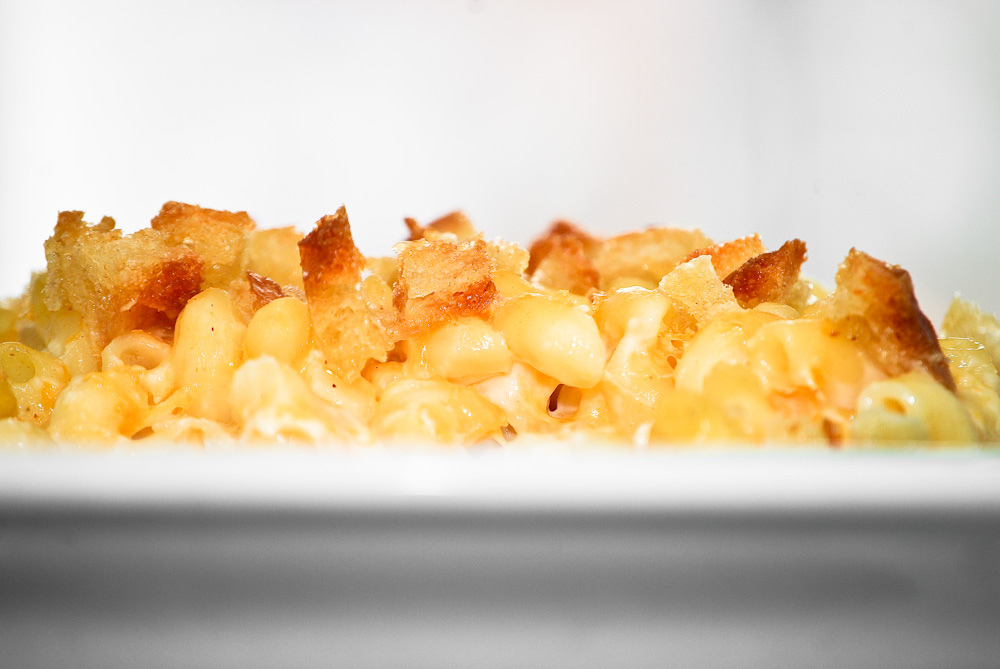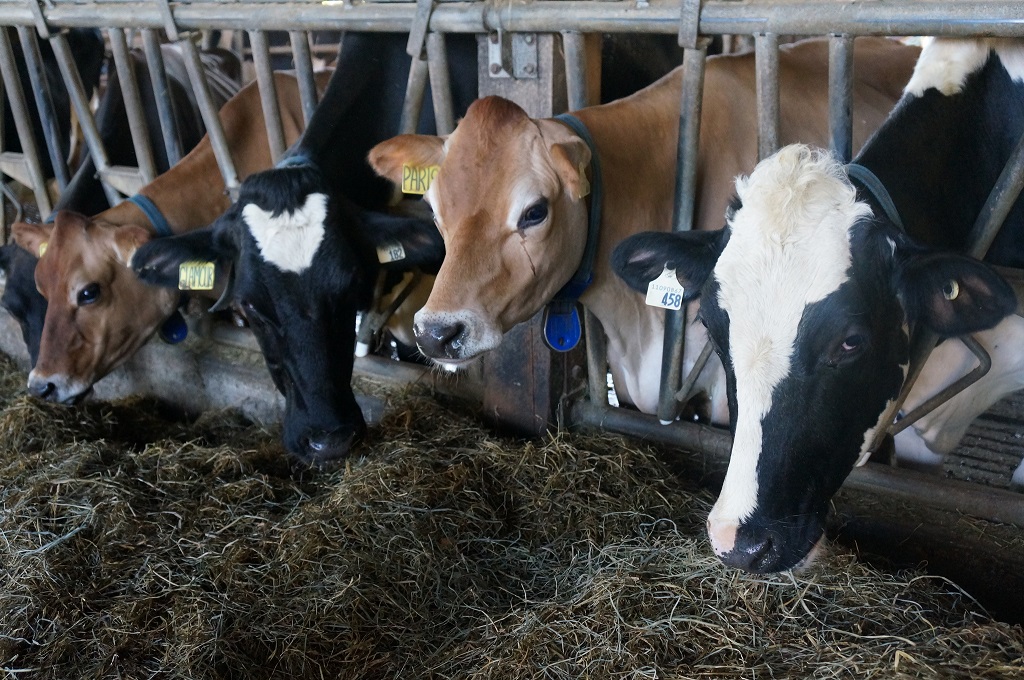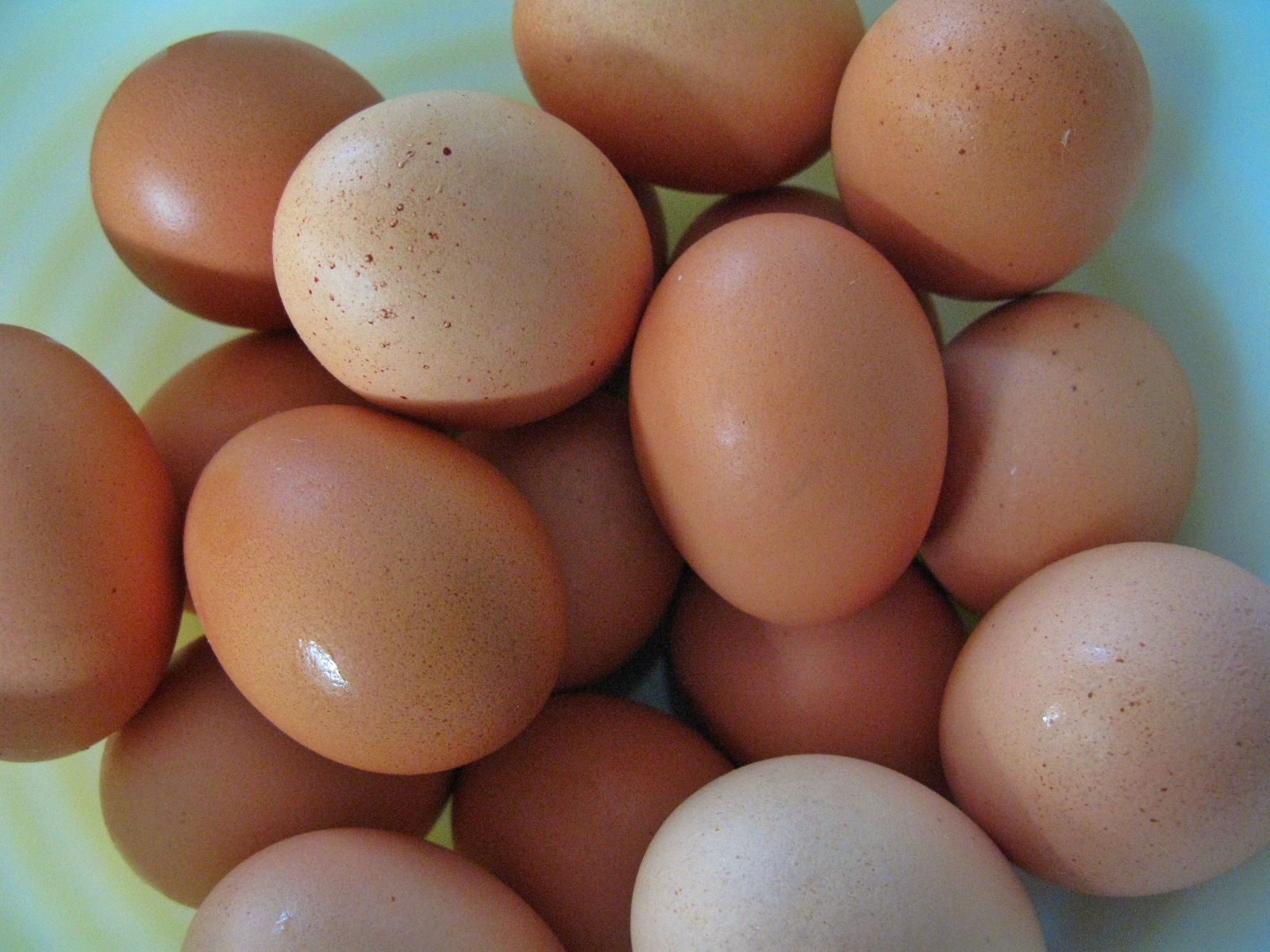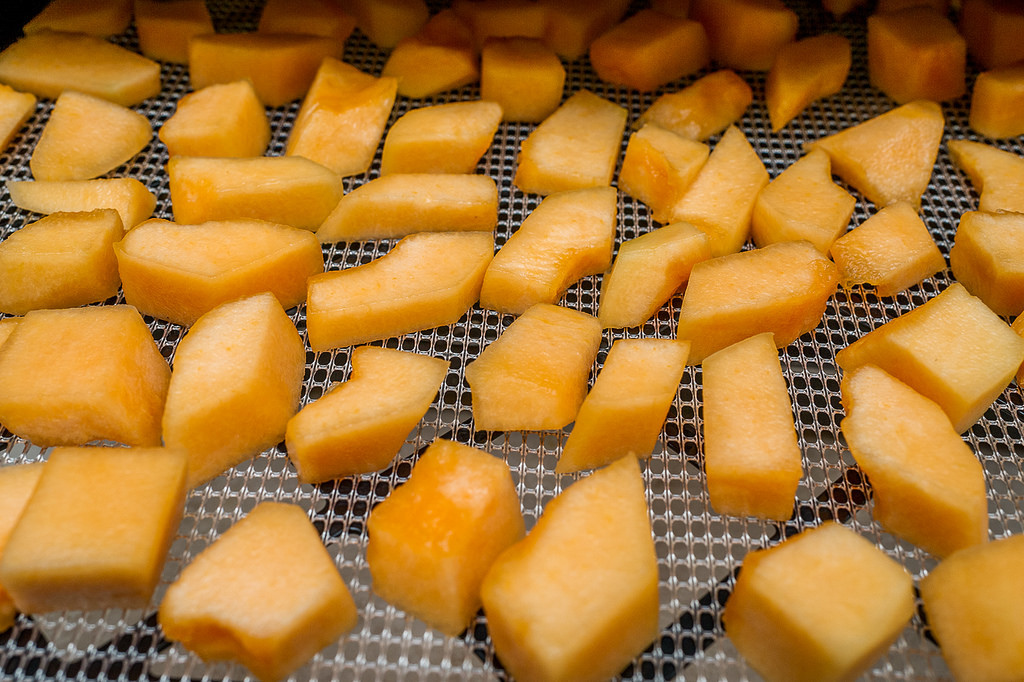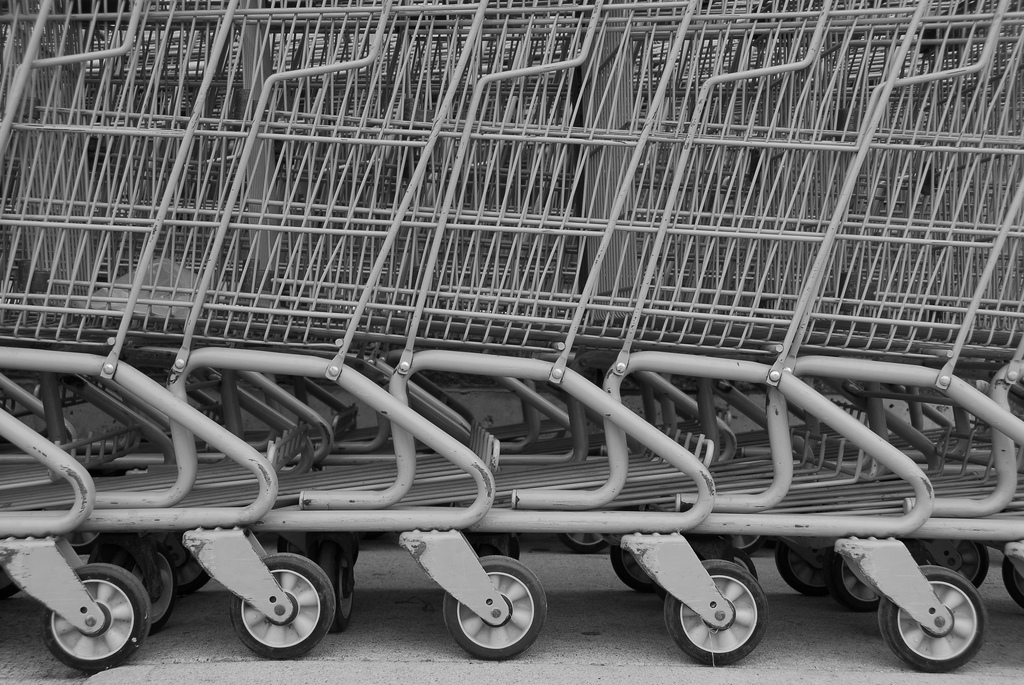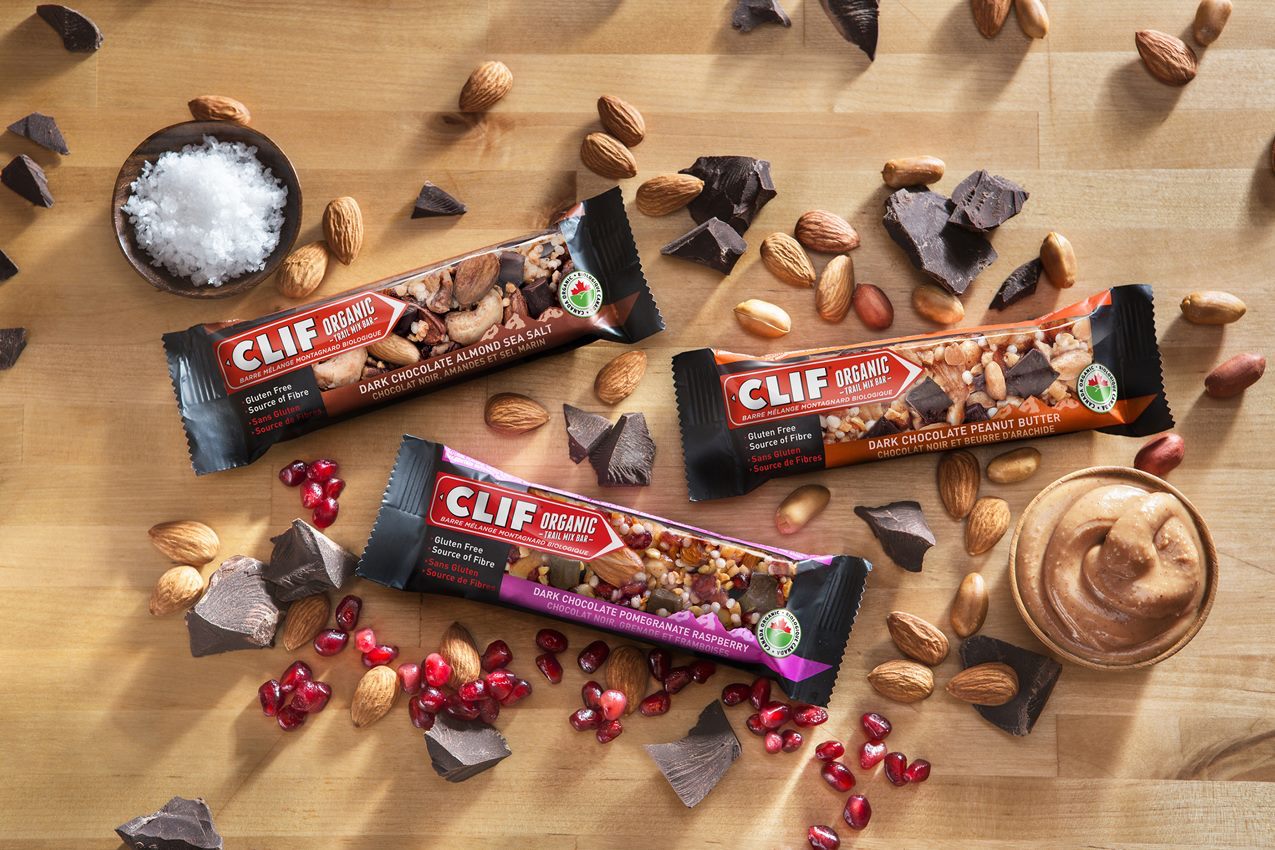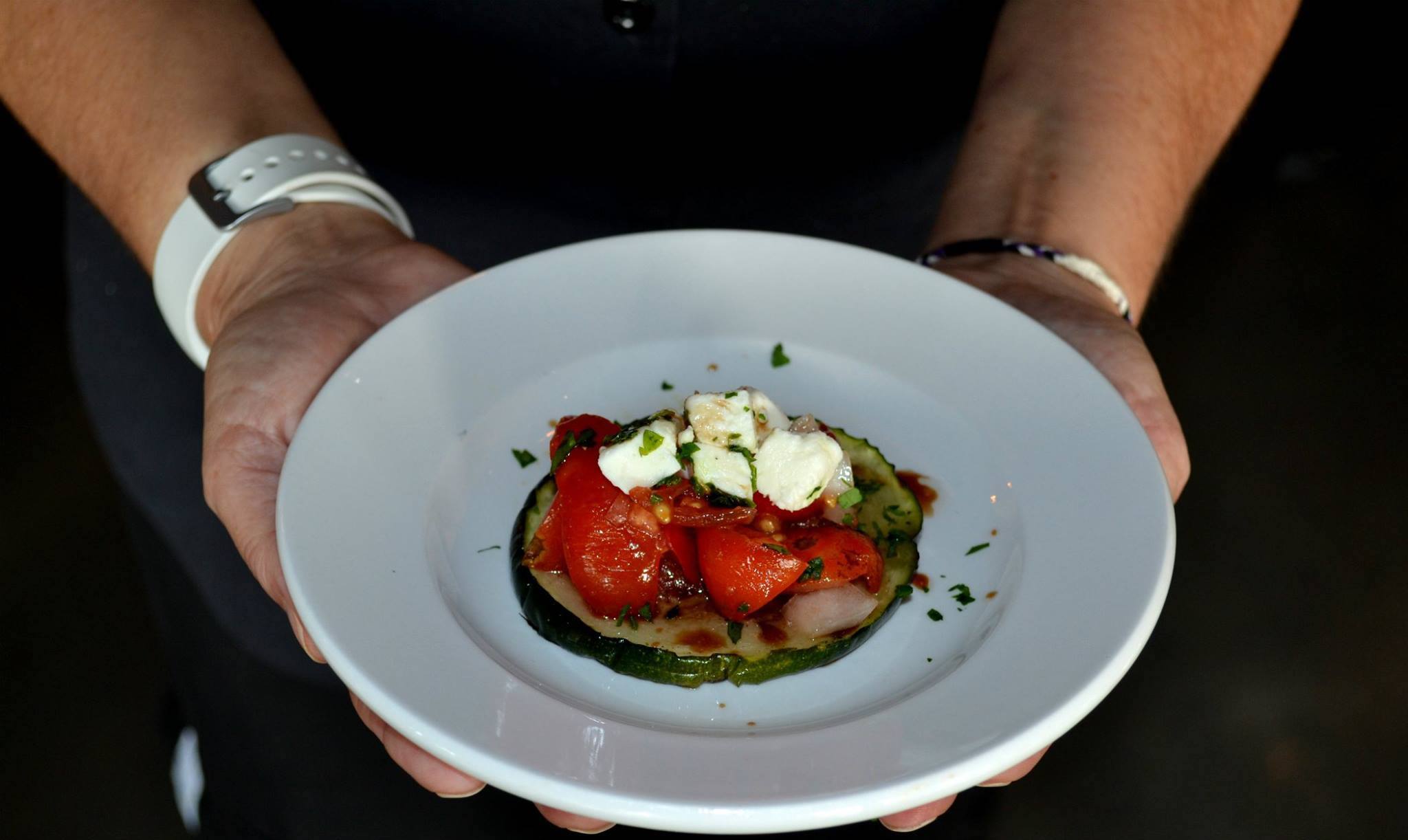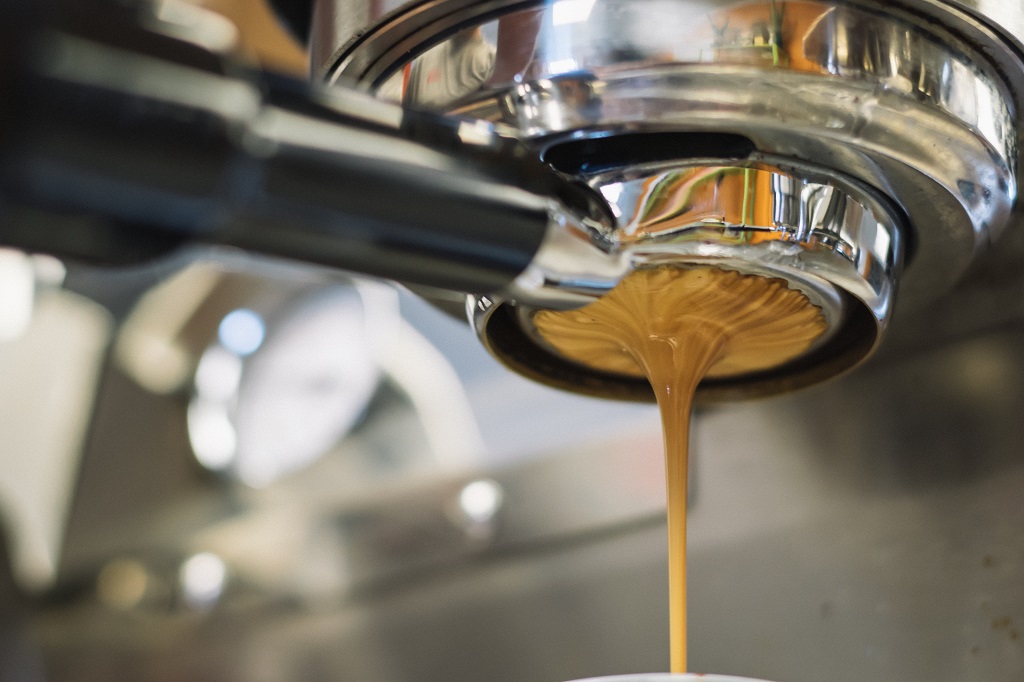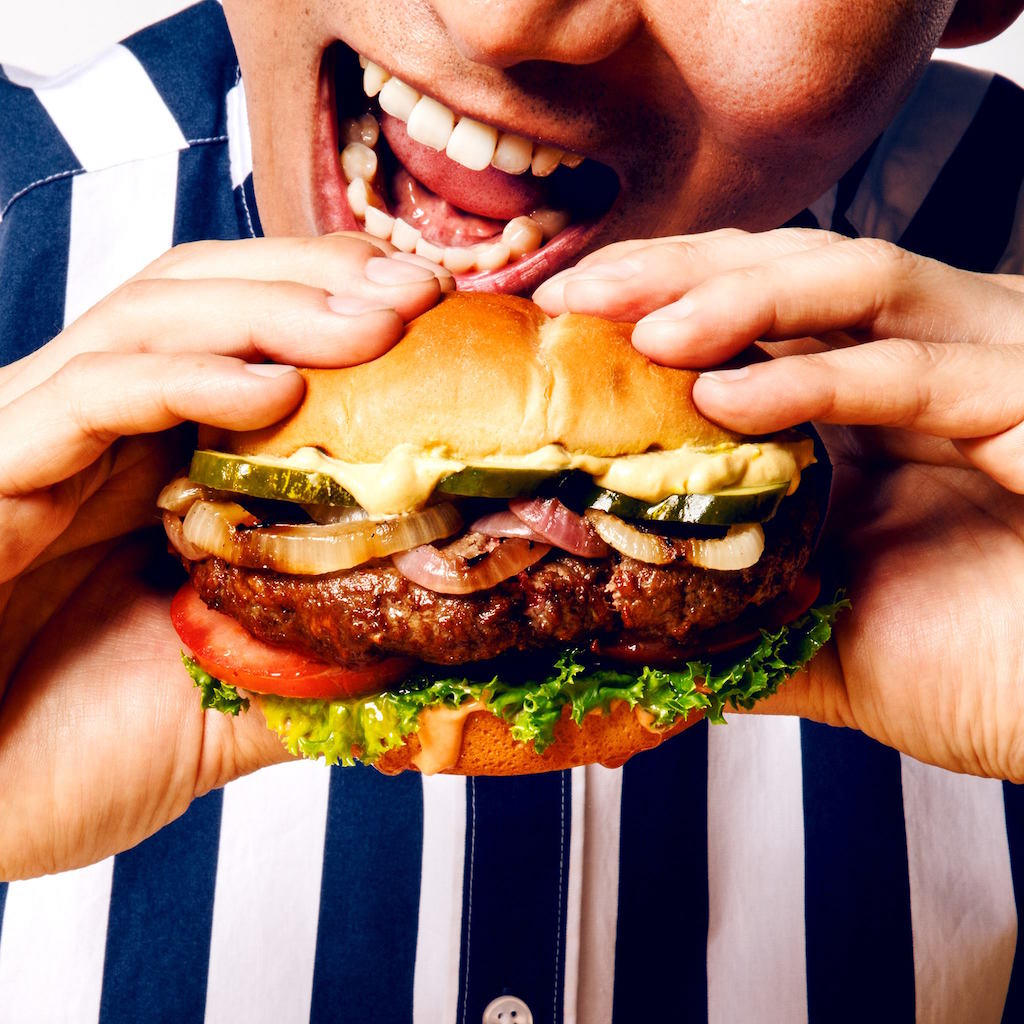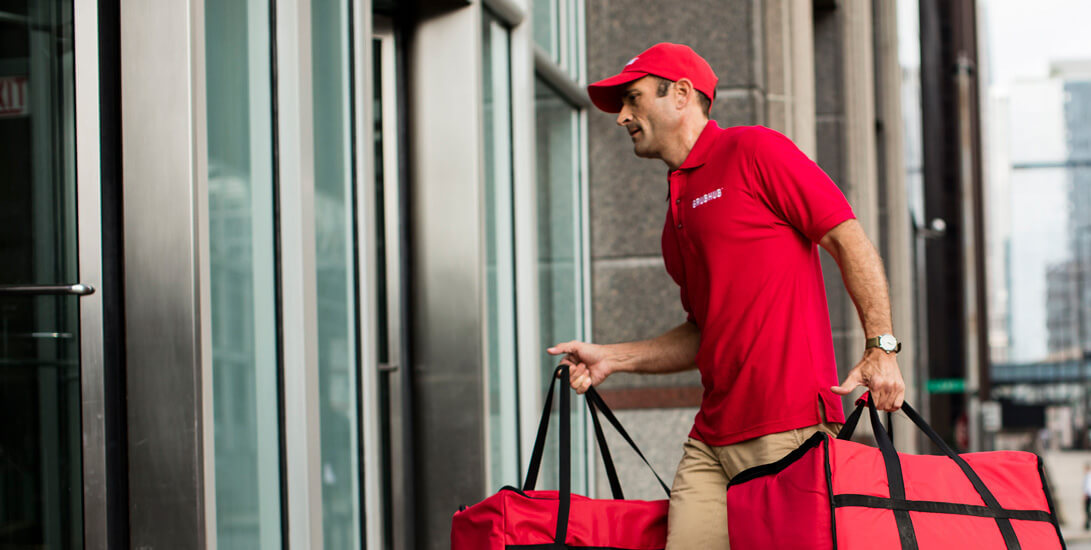
GrubHub
This is the web version of a list we publish twice-weekly in our newsletter. It comprises the most noteworthy food stories of the moment, selected by our editors. Get it first here.
On your own. What does it mean to work for Grubhub? When you drop off food at someone’s house, are you merely enlisting the app to help hungry couch potatoes use your individual delivery service? Or are you, clad in a Grubhub uniform, working Grubhub-appointed hours, and serving specific Grubhub users, more like an employee, entitled to minimum wage and overtime pay? It’s a question with huge ramifications for the future of the gig economy, and yesterday, the Department of Labor chimed in on the issue with a public letter. Spoiler: It’s not good for workers.
Zero-carb(on). The state of California is about to launch a program to verify carbon-neutral restaurants if they add a surcharge to checks that funds farmers adopting environmentally-friendly practices. The Los Angeles Times reports that this first-of-its-kind program already has over two dozen participation pledges, and preliminary feedback from customers who have encountered a carbon-neutral surcharge is promising.
A raisin in the sun. Bought any raisins recently? Neither has anyone else, but Sun-Maid’s new CEO wants to change that. The 38-year-old joined the company on Halloween of 2017 and promptly encountered an industry full of old timers who openly joked about illegal business tactics. A year and a half, several death threats, and a small coup later, he thinks he’s brought the “raisin mafia” over to his side, The New York Times reports.
Cheese police. Italian regulators are trying to crack down on knock-off versions of food tied to their country’s culinary identity. In particular, they’re scouring the internet for fake Parmigiano-Reggiano dealers, and reporting them on the e-commerce sites where they appear. In the EU, the only cheese allowed to be sold as parmesan is from specially-designated regions in Italy, including the provinces of Parma and Regio. Outside the EU, things get lawless—and that’s where the cheese cops come through. Italy’s efforts raise a timeless question: Can historic foods be replicated outside the region they’re from? Washington Post has the story.
Food for a warming world. The New York Times food section this week is devoting its coverage to climate change, and Kim Severson has a status update on 11 foods grown around the country. As we’ve reported in the past, Michigan’s tart cherries are under siege by the spotted wing drosophila. And Florida’s watermelon season is inching closer and closer to Mexico’s, putting a squeeze on the labor pool. Also on our reading list: Melissa Clark on seaweed, arguably the most climate-friendly plant we can eat.
